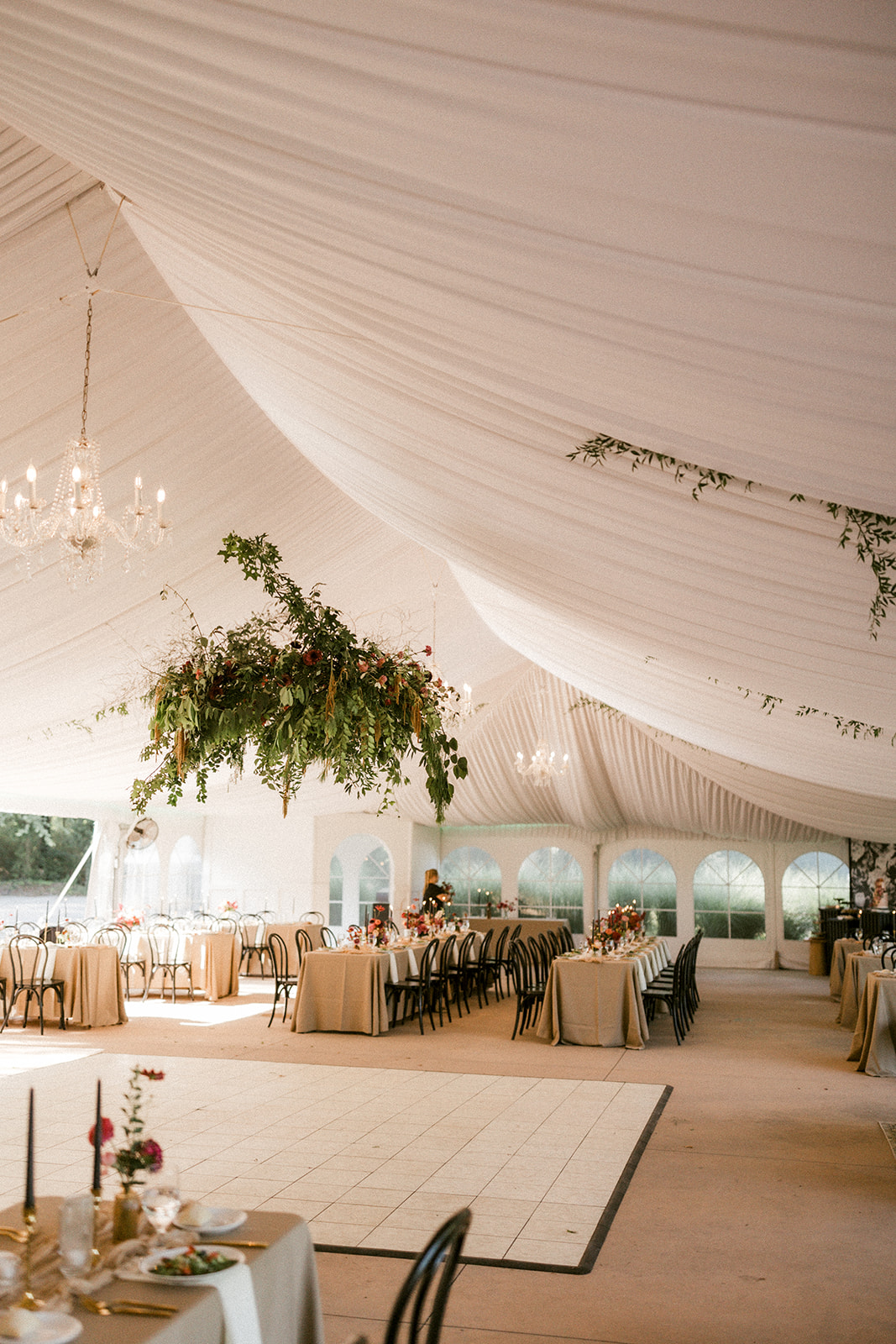Illuminating the Value of Illumination in Maintaining Performance Surface Protection
Wiki Article
Lighting plays a vital role in ensuring the safety of dance floors, regardless of whether in a dance club, a community center, or a educational gathering. Proper lighting helps to create a safe environment by allowing dancers to see their surroundings clearly. This clarity is essential for avoiding accidents, such as stumbles and falls, which can occur on busy or uneven surfaces. Additionally, effective lighting aids in making sure that all dancers are aware of their space and the people around them, minimizing the chance of crashes or other incidents on the dance floor.
One of the primary functions of illumination in a dance setting is to enhance visibility. Well-lit and strategically positioned lights illuminate the floor, making it simpler for dancers to navigate their movements. This is particularly important in environments where the floor may be crowded or where different dance styles demand various levels of space. When dancers can see where they are walking and how much room they have, they can dance with greater confidence and avoid potential hazards. For instance, a brightly illuminated floor allows dancers to identify spills or obstacles that could lead to risky situations.
In furthermore to helping dancers see better, lighting can also contribute to the general ambiance of the event. While some dance locations may use low lighting for visual go purposes, it is important to find a balance between atmosphere and safety. Flickering or flashing lights can disorient dancers, making it difficult for them to maintain their orientation. Therefore, incorporating soft, steady lighting with brighter spots in critical areas, like emergency exits and pathways, can enhance both the mood and safety of the dance floor. This thoughtful approach encourages a vibrant but secure dancing experience.
Furthermore, it is crucial to take into account the types of address lighting that are most suited for dance floors. Different light sources, such as light-emitting diodes, focused lights, and background lighting, can serve different purposes. LED lights are eco-friendly and can be set to create different hues and effects without compromising brightness. Spotlights can illuminate specific areas, such as a platform or a dance ensemble, while ambient lighting creates the overall atmosphere. By thoughtfully selecting and placing these lighting options, event organizers can ensure that the dance floor remains a safe and enjoyable space for all participants.
In conclusion, the importance of proper lighting in ensuring dance floor safety cannot be overstated. It not only provides the necessary visibility for dancers to move freely and safely but also helps create an welcoming environment that promotes participation. Event planners and venue managers must emphasize lighting design when planning dance events to reduce risks and enhance the complete experience. By doing so, they can foster a fun, energetic atmosphere while maintaining safety at the center of their planning strategies.
